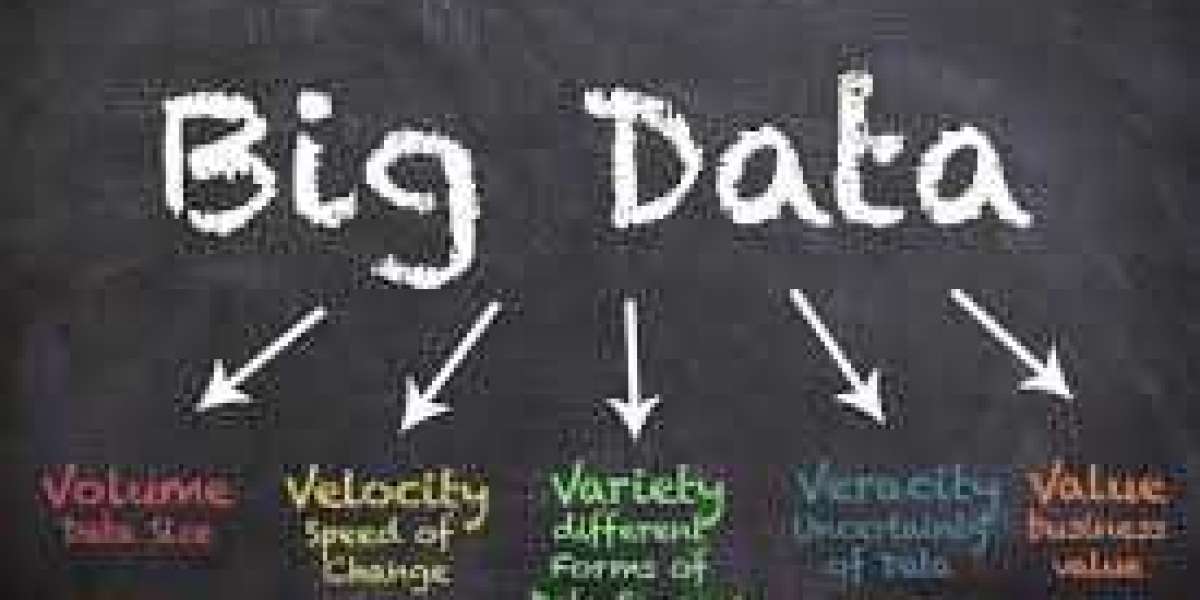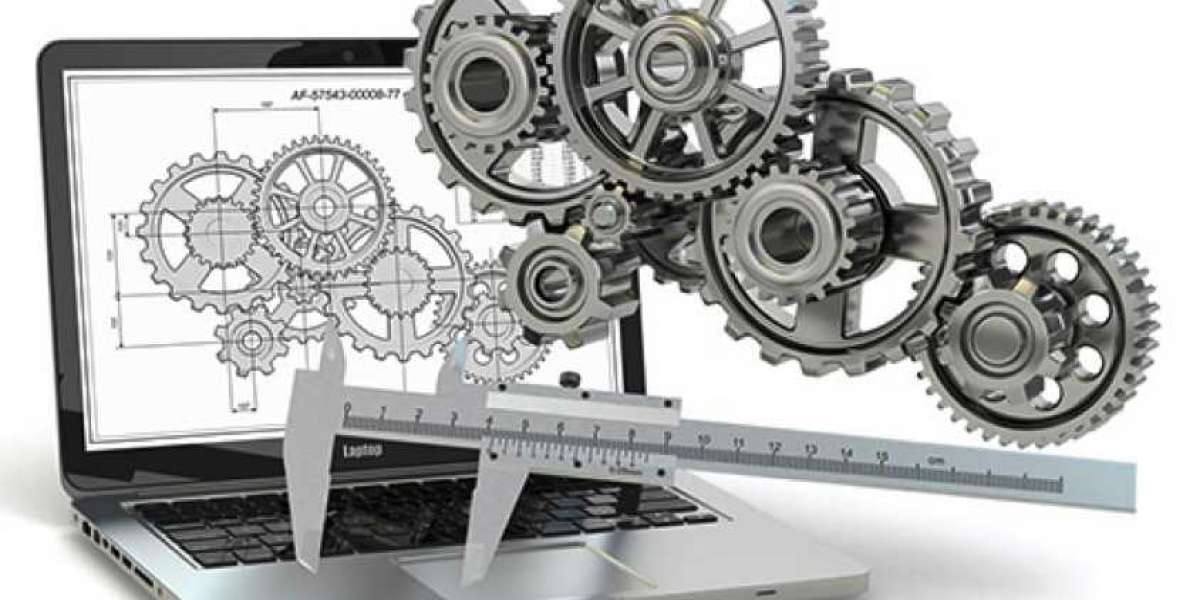Data can be termed as the quantities, characters, or symbols on which operations are performed by a computer, which may be stored and transmitted in the form of electrical signals and recorded on magnetic, optical, or mechanical recording media. Big data refers to the large, diverse sets of information that grow at ever-increasing rates. It encompasses the volume of information, the velocity or speed at which it is created and collected, and the variety or scope of the data points being covered. Big data often comes from multiple sources and arrives in multiple formats.
BigData' could be found in three forms: Structured, Unstructured, Semi-structured. Any data that can be stored, accessed and processed in the form of fixed format is termed as a 'structured' data. Over the period of time, talent in computer science has achieved greater success in developing techniques for working with such kind of data (where the format is well known in advance) and also deriving value out of it. Any data with unknown form or the structure is classified as unstructured data. In addition to the size being huge, un-structured data poses multiple challenges in terms of its processing for deriving value out of it. A typical example of unstructured data is a heterogeneous data source containing a combination of simple text files, images, videos etc. Semi-structured data can contain both the forms of data. We can see semi-structured data as a structured in form but it is actually not defined with.
Benefits of Big Data Processing could be, first Ability to process Big Data brings in multiple benefits, such as- Businesses can utilize outside intelligence while taking decisions. Access to social data from search engines and sites like facebook, twitter are enabling organizations to fine tune their business strategies. Improved customer service. Traditional customer feedback systems are getting replaced by new systems designed with Big Data technologies. In these new systems, Big Data and natural language processing technologies are being used to read and evaluate consumer responses. Early identification of risk to the product/services, if any, Better operational efficiency. Big Data technologies can be used for creating a staging area or landing zone for new data before identifying what data should be moved to the data warehouse. In addition, such integration of Big Data technologies and data warehouse helps an organization to offload infrequently accessed data.
Advantages and Disadvantages of Big Data can be the increase in the amount of data available presents both opportunities and problems. In general, having more data on one’s customers (and potential customers) should allow companies to better tailor their products and marketing efforts in order to create the highest level of satisfaction and repeat business. Companies that are able to collect a large amount of data are provided with the opportunity to conduct deeper and richer analysis.







